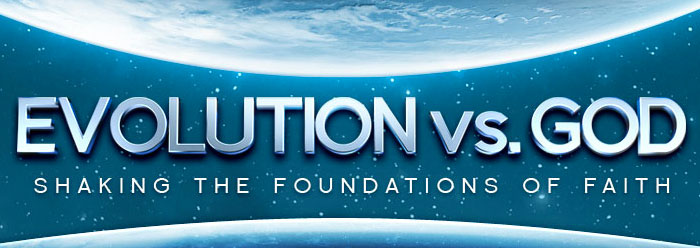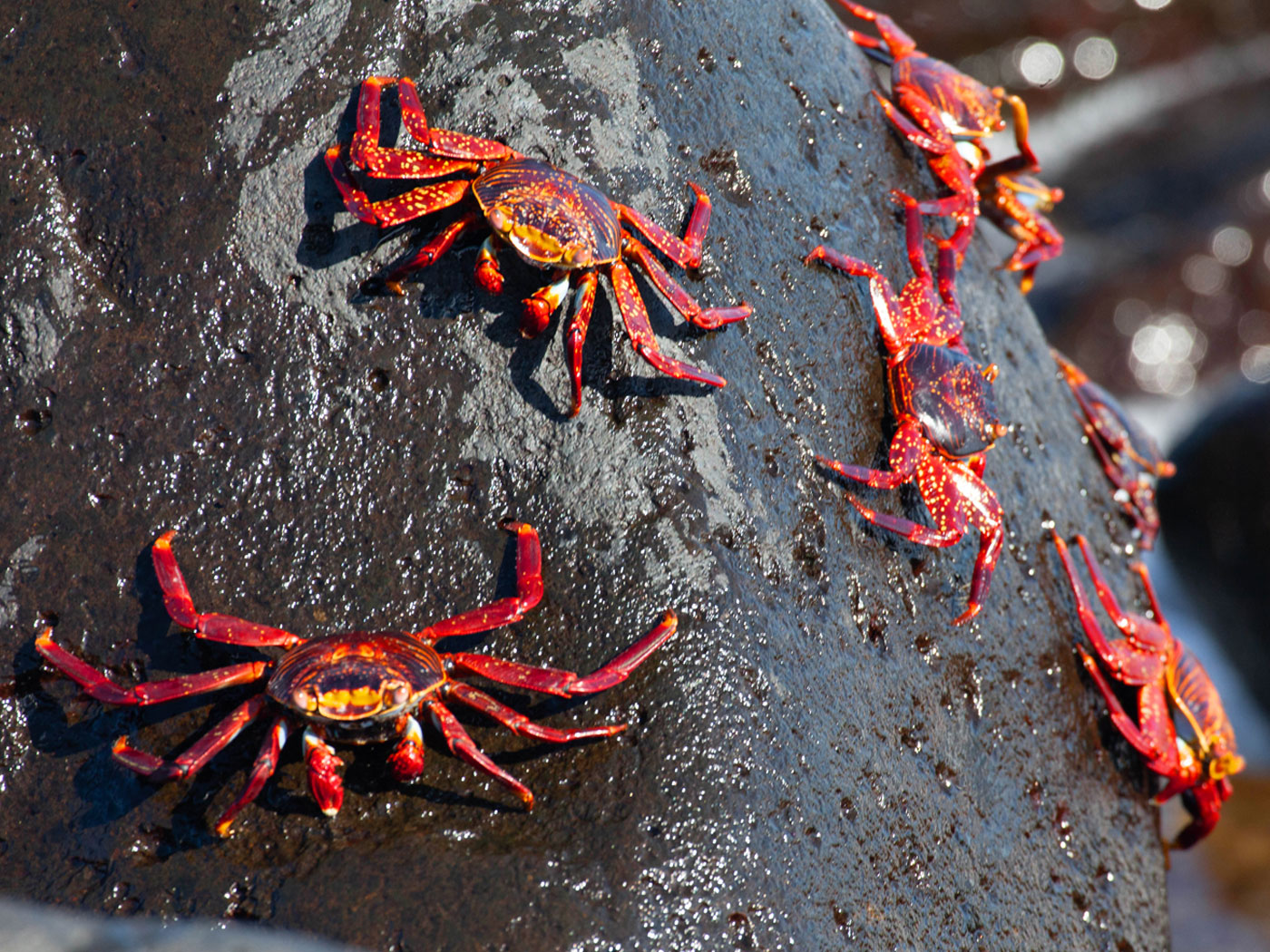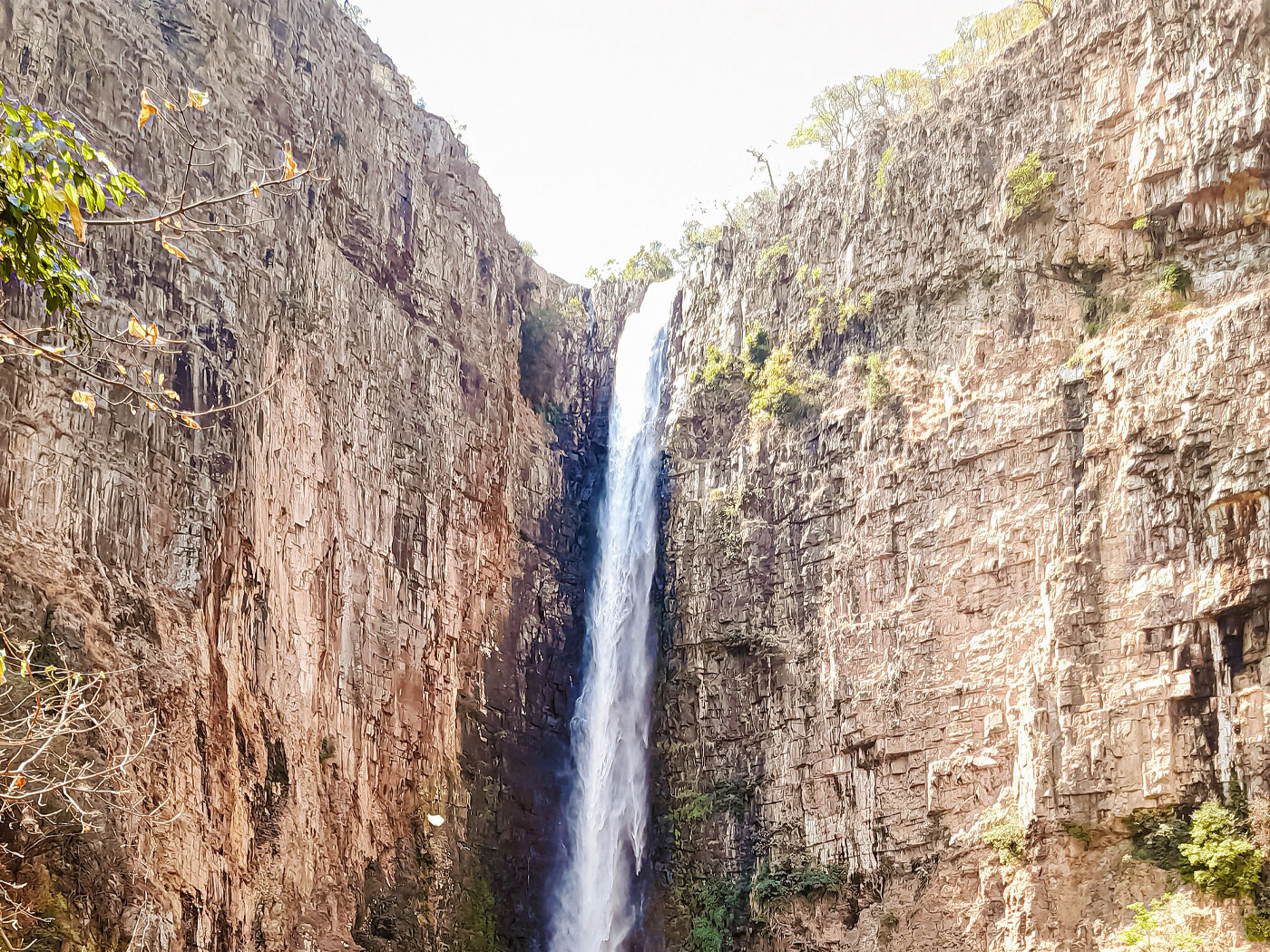A wide variety of ministry tools dealing with evolution are available for Christians to build their faith and share the gospel. But what about one that features only conversations with evolutionists and atheists?
That's what Evolution vs. God, the latest film project from Living Waters, is about. The roughly 40-minute film is filled with facts and interviews conducted by Living Waters founder and CEO Ray Comfort with university professors and students who say they believe in evolution and are atheists.
"Ray Comfort is a master at probing questions!" said Henry M. Morris III, CEO of the Institute for Creation Research in Dallas, Texas. "The short film Evolution vs. God is both exciting and revealing. It keeps you on the edge of your seat all the way through. Everyone interested in these fundamental questions ought to see this film."
A teaser trailer and link to purchasing information for the film are available at www.evolutionvsgod.com. The film will also be available August 7, 2013, on DVD.
Among those with whom Comfort spoke are P. Z. Myers of the University of Minnesota Morris, Gail Kennedy and Peter Nonacs of the University of California Los Angeles, and Craig Stanford of the University of Southern California. The film also features quotes from prominent atheist Richard Dawkins and the 1859 author of On the Origin of Species, Charles Darwin.
"What Darwin showed in his work on evolution and natural selection is that we don't need to invoke any supernatural force or power to account for the development of life through time on earth," said Stanford, a professor of biological sciences and anthropology. But when asked for one example of Darwinian evolution that was not simply a variation or adaptation, he turned to Darwin's finches in the Galapagos Islands, where the famed naturalist made some of his early observations.
"What do the finches become?" Comfort asked.
"They become genetically new and anatomically new, recognizably different species," Stanford said.
"Are they still finches?" Comfort asked.
"Well, of course they're still finches," Stanford said.
Biology professor Myers offered up stickleback fish and bacteria to the same question. However, when asked if sticklebacks are still fish, Myers answered "They're distinctly different fish." And regarding the bacteria: "The bacteria are still bacteria, of course."
Even so, Myers told Comfort, "Humans beings are still fish."
"Humans beings are fish?" Comfort asked.
"Yes, of course they are," Myers said.
"When you're talking about kinds or change in families, you're actually talking about macroevolution. You're talking about changes on the level of that, say, separates cats from dogs," said Nonacs, professor of ecology and evolutionary biology. "When you ask for examples of that, you have to look over a longer timeframe."
"Science involves observation and experimentation. However, no one has observed one basic kind of organism changing into another kind," said Jason Lisle, Director of Physical Sciences at the Institute for Creation Research. "Claims that such changes take place over a very long timeframe cannot be observed. This is beyond the scope of observational science by definition. As such, the claim can never be demonstrated scientifically. And since there is apparently no other way to demonstrate it, belief in evolution must always be classified as ‘blind faith.'"
Comfort's interviews with university students, most of them science majors, were also telling. When asked for evidence that shows humans evolved from monkeys, a young woman answered, "Monkeys are the only ones with the fifth digit like we have."
"Did you know koalas also have a fifth digit?" Comfort asked her.
"I did not know that," she answered. And when asked if humans evolved from koalas, she answered, "No."
Another student who claimed he is an atheist said, "I'm going to trust what those experts came up with."
"I haven't seen it myself, but I believe what the textbooks tell me," another said. "I have faith in the experts. I guess it's similar to how religious people have faith that God actually exists, I have faith in the experts knowing what they're talking about."
Like the doctorate holders, the students also couldn't give any examples that show Darwinian evolution. An environmental science major said, "Hard question, actually." After a long pause, he asked, "Can you repeat the question again?"
"I generally don't engage creationists because it's not good for my blood pressure," Kennedy, a professor of anthropology, told Comfort. Towards the end of the film, she added, "The problem with those who are unable to see evolution, I think, is that they don't have imaginations."
More information about the film can be found at www.evolutionvsgod.com, and information about Living Waters can be found at www.livingwaters.com.
* Ms. Dao is Editor at the Institute for Creation Research.
Article posted on July 12, 2013.

















